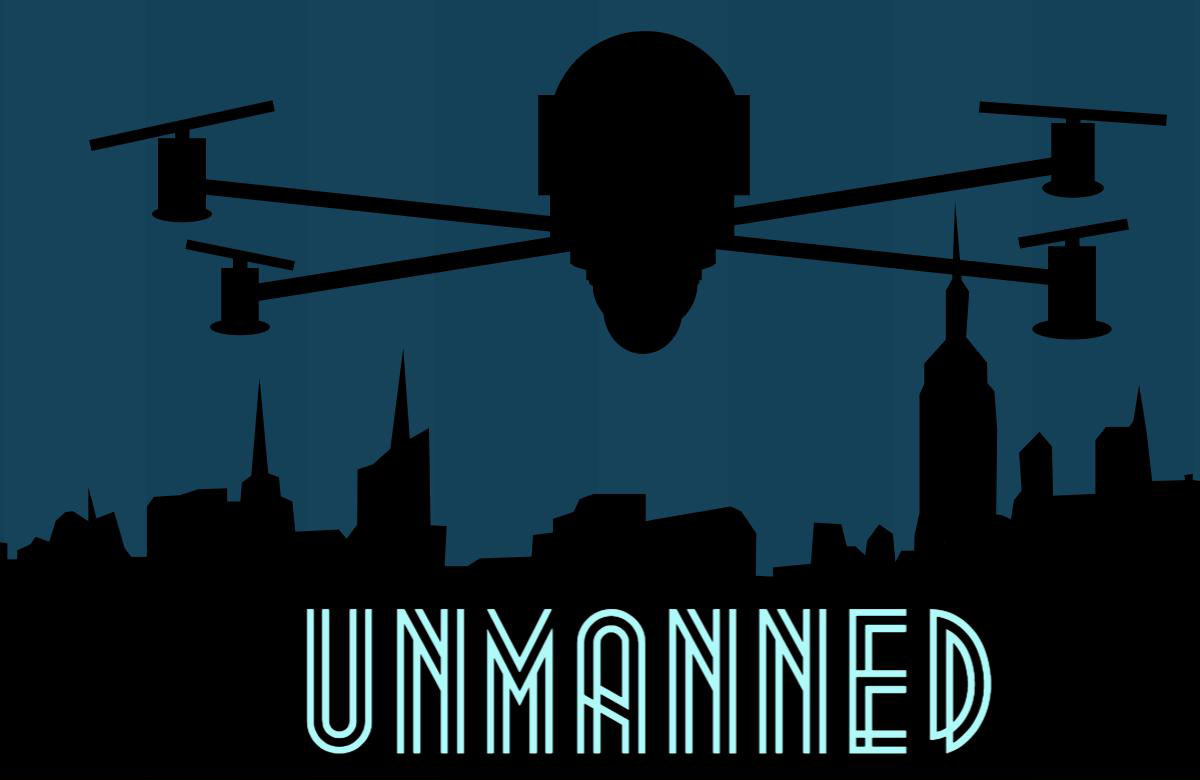
The global rise of the unmanned aerial vehicle
When people think of Unmanned Aerial Vehicles, they generally think of them in the context of war. UAVs were originally called drones and their primary application was in the battlefield where they gathered reconnaissance and aerial surveillance. As the technology powering these devices became more sophisticated, UAVs became offensive weapons capable of strikes against selected targets without having to risk the lives of the soldiers who operated them. Under the Obama administration, UAVs have become the primary offensive weapon of the US military, being deployed against terrorist groups in Iraq, Afghanistan and Syria.
More recently, UAVs have become more accessible to the public. Hobbyists and filmmakers can buy UAVs from local electronics stores and use them to capture aerial video footage that required a helicopter before. These UAVs are relatively cheap, capture high definition video and don’t require complex software or expertise to pilot. They are the modern day toy for tech-savvy individuals.
Companies are also trying to figure out how to use UAVs to deliver their products to customers. In 2015, Amazon announced that it would begin developing a system that could deliver packages up to five pounds in 30 minutes or less using small UAVs. This year, they’ve announced that this system, Prime Air, will consist of a fleet of UAVs cruising at an altitude of 122 metres. Amazon is currently waiting on US air regulations to develop to a point where they know exactly how such a system would function.
Also, while UAVs can be destructive, profitable and fun, they are also uniquely equipped to resolve some of the logistical and infrastructure issues that make progress in the developing world so difficult. All of the same things that make them effective for commercial, recreational and military use (they are light, don’t require a lot of technical knowhow to pilot, they fly, they can carry and deliver payloads) make them useful tools for people trying to solve problems in underdeveloped countries.
This project explores the different dimensions of UAV use as it has evolved through history, highlights some of the applications of UAV technology in the developing world, and assesses how Canadian regulators are grappling with their implications for safety, security and privacy as they create the laws that will govern UAV use in the future.
Applications
How are UAVs being used
throughout the world?
History
How UAVs have evolved
from 1898 to the present?
The Future
How are regulators preparing
for the future of UAVs?
